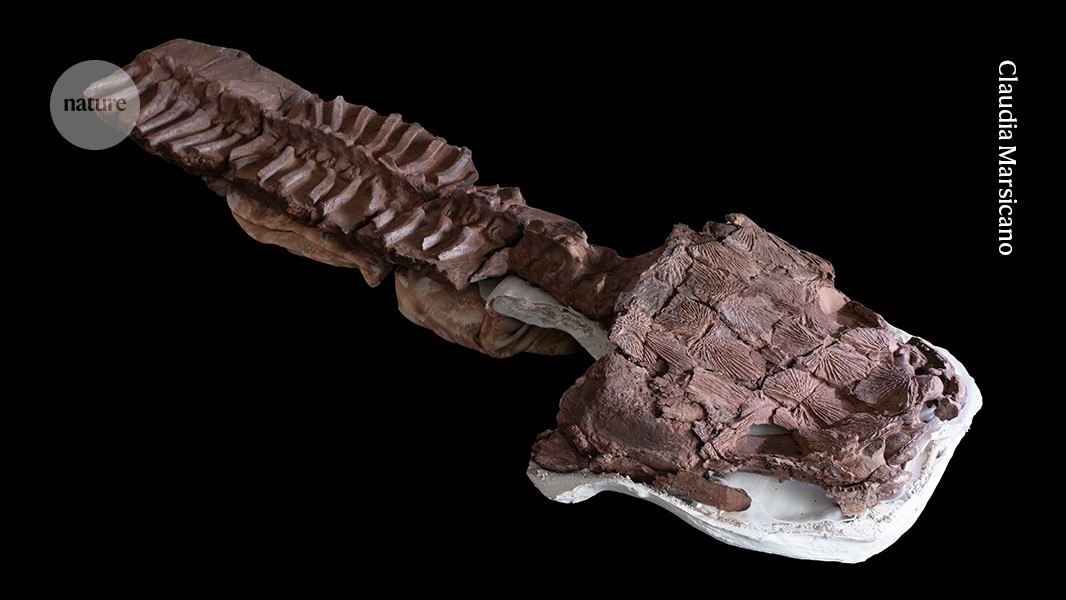Discovery of Unexpected Tetrapod Fossils Far from the Equator Challenges Assumptions about Fossil Record Completeness
The article discusses how the fossil record is often considered incomplete, but an underappreciated aspect of this incompleteness is the geographical coverage of the record. The authors report the discovery of fossil evidence of a previously undescribed early four-limbed vertebrate (tetrapod) in a location and time period that would not have been expected by paleontologists.
This finding challenges the assumptions about the completeness of the fossil record, as it reveals the presence of tetrapods in regions and time periods where their existence was previously unknown. The discovery highlights the limitations of current paleontological knowledge and the need to continue exploring and expanding the geographical coverage of the fossil record to gain a more comprehensive understanding of the evolution of early tetrapods and other vertebrates.
Customize Summary
Rewrite with AI
Generate Citations
Translate Source
To Another Language
Generate MindMap
from source content
Visit Source
www.nature.com
Fossils found far from the Equator point to globetrotting tetrapods
Key Insights Distilled From
by Christian A.... at www.nature.com 07-03-2024
https://www.nature.com/articles/d41586-024-02116-y
Deeper Inquiries
